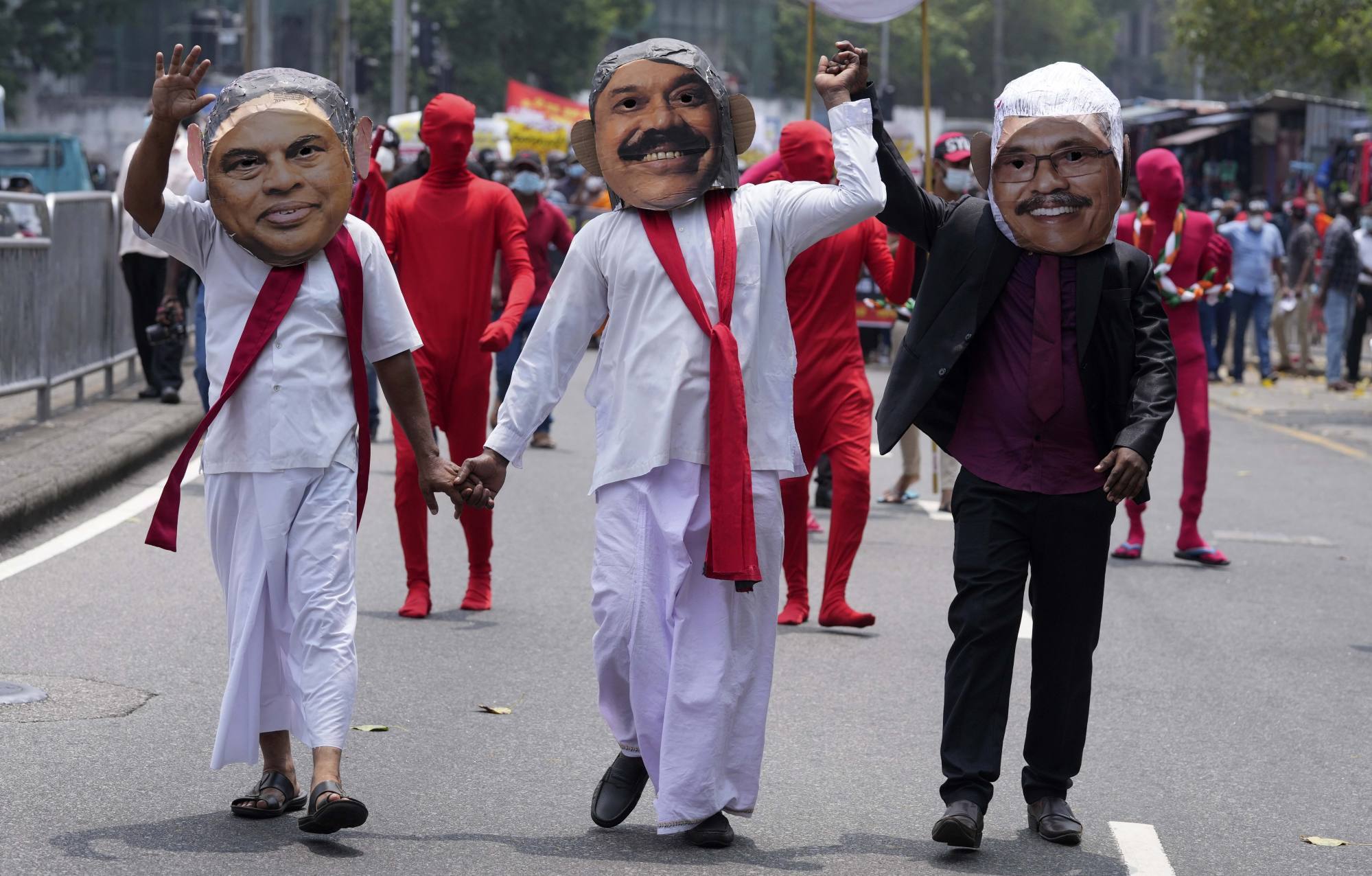
How Sri Lanka’s economic crisis has been decades in the making
- Years of debt accumulation, policy missteps – including a failed experiment in organic farming – and ill-conceived infrastructure projects built with Chinese funds have led the nation to the edge of catastrophe
Sri Lanka has flirted with economic crises for decades, but it is now on the verge of an unmitigated catastrophe that could quickly turn into a humanitarian disaster. Sri Lankans are already suffering from oil shortages as well as power cuts, and there is growing concern that the country – recovering from recently enacted disastrous agricultural policies – might not be able to feed its people.
As the richest country per capita in South Asia, it is worth considering what has gone so wrong in Sri Lanka.
There are a number of macro factors that have exacerbated the situation – from the effect of the pandemic on the country’s tourism industry and on foreign remittances, to higher oil prices caused by the Russia-Ukraine war. But the underlying reasons for Sri Lanka’s suffering are poor economic policymaking and decades of debt mismanagement.
These recent miscues have worsened what was already a precarious situation. Sri Lanka has long pursued growth through international borrowing. Until the early 2000s, much of Sri Lanka’s debt came in the form of concessionary loans provided by multilateral agencies and bilateral donors.

These concessionary loans were favourable to Sri Lanka: they had low interest rates, long payback periods, and could be restructured in a pinch. As Sri Lanka graduated to middle-income status and concessionary loans dried up, the country turned to international sovereign bond issuances, typically carrying higher interest rates and requiring more immediate payback periods.
Many of these projects made little sense for Sri Lanka, including the Mattala Rajapaksa International Airport, which was designed to receive 1 million passengers a year and was financed by high interest development loans from the Exim Bank of China. Built near Mahinda Rajapaksa’s home village, the airport received just over 1,000 travellers in 2019.
Observers have long debated why the Chinese would be willing to fund projects that projected such low rates of return. For its part, Chinese leaders emphasised that establishing friendly relations with Sri Lanka was in China’s best interests.
Furthermore, by providing funding and infrastructure development, China was enabling countries like Sri Lanka to chart their own future courses. These claims aside, Beijing was also engaged in an effort to undermine India’s influence in Sri Lanka.
In recent years, however, smaller nations like Sri Lanka have become far more sceptical of China’s intentions. Sri Lanka’s new lenders have been hesitant to restructure their debt obligations, seizing a port in Colombo a few years ago and only offering minimal relief in present negotiations.
As struggling Sri Lanka casts around for cash, its China ties loom large
It is doubtful that the Rajapaksas can extricate themselves or their country from the present situation. The government has approached India, a friendly neighbour that has been eager to re-engage with Sri Lanka as it attempts to check China’s growing power in the region.
After years of badmouthing the IMF in favour of sovereign and Chinese debt, however, the Rajapaksas are likely to be given a short leash in negotiations. The IMF could demand a series of politically unpopular reforms that will not bode well for the administration.

The only other option is for the country to default on its debt obligations, a decision that would probably doom the incumbent government.
But even with the most of the cabinet resigning, the Rajapaksas may continue to hold out. Either way, Sri Lanka’s situation is likely to get far worse before it gets better.
Dinsha Mistree is a research fellow at the Hoover Institution and Stanford Law School. Šumit Ganguly is the Rabindranath Tagore Chair in Indian Cultures and Civilizations and Distinguished Professor of Political Science at Indiana University, Bloomington



